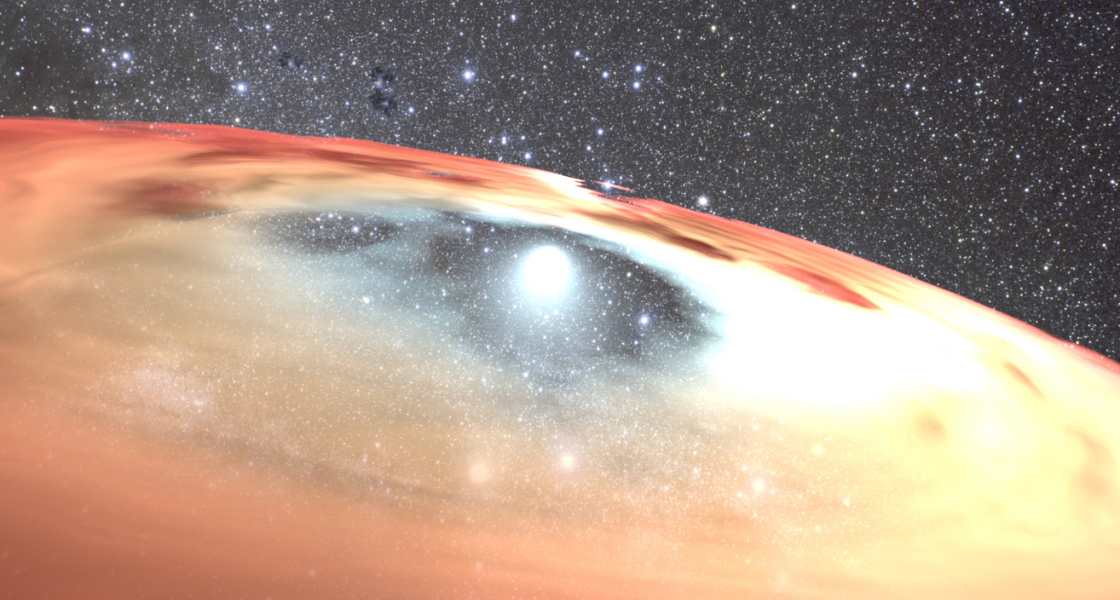Many neutron stars are surrounded by accretion disks. The disks are often made up of matter pulled in by the neutron star’s gravity from a companion star in a binary system. Over time, the neutron stars can swallow so much additional material that they collapse into black holes.
Recently, research associate Bruno Giacomazzo and Fellow Rosalba Perna studied this collapse process in detail. They modeled how an accretion disk affects a neutron star’s collapse into a black hole. Their model included an analysis of the kinds of signals that would be emitted by neutron stars with and without accretion disks as they collapsed into black holes.
The researchers were a little disappointed to discover that the gravitational wave signal would likely be similar for an accretion-induced collapse and the collapse of a “naked” neutron star. However, they were excited to find that the two kinds of collapses would send very different electromagnetic signals such as short bursts of gamma rays.
The variations in electromagnetic signals stem from differences in what happens immediately following the collapse into a black hole. When a neutron star with an accretion disk collapses, it leaves behind some of its accretion disk. The newly formed black hole voraciously swallows the surviving disk, which can launch relativistic jets and emit short bursts of gamma rays in the process of growing rapidly. Thus, accretion-induced collapse of neutron stars could be responsible for some of the short gamma-ray bursts observed in our Universe. In contrast, when a “naked” neutron star collapses into a black hole, almost no ordinary matter is left anywhere near the new black hole. Thus, nothing happens in this kind of collapse to generate bursts of gamma rays (or any other electromagnetic signals).
By identifying and interpreting gamma-ray “messages from the abyss,” researchers now have a way to locate accretion-induced collapses of neutron stars — even when they occur far outside our own Galaxy.




